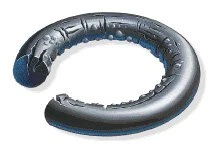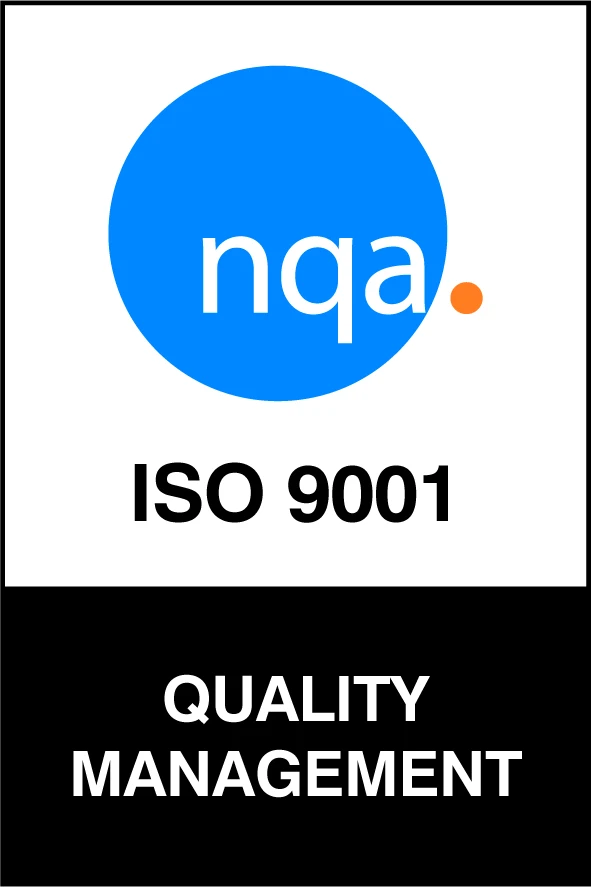Oil Exploration and Extraction
Oil exploration and extraction presents very challenging conditions for Elastomeric seals; a combination of extreme temperatures, aggressive chemicals and gases, abrasive media, high pressure and destructive forces, subject seals to the harshest environments in the world.
In addition, the techniques employed to exploit reserves are becoming more complex with operations moving to more remote locations and deeper well depths, extending the operating demands on the seals even further.
Marco Rubber and Plastics offers a wide variety of products and materials to meet the need of our customers in the Oil field and gas, Marco Rubber understands the nature of high pressure high temperature environments associated with Oil and Gas exploration and transportation.
Marco has developed an extensive line of Markez Perfluoroelastomers dedicated to our Oilfield and Gas customers. Markez is similar to Kalrez® and Chemraz® at significant cost savings and custom O-ring sizes are supplied without additional tooling or setup charges.
Explosive Decompression
Explosive Decompression (ED), also referred to as Rapid Gas Decompression (RGD), is a failure mechanism of elastomer seals that is due to the rapid decompression of gaseous media.
When elastomer seals are exposed to high-pressure gas for a prolonged period the gas permeates into the seal material. When the external pressure is reduced, the gas which is dissolved within the seal material comes out of solution to form micro bubbles. As the gas expands, it may permeate out of the seal material. However, if the rate of decompression (and hence expansion) is high, gas which is trapped within the seal can cause fissuring and result in seal failure. Marco Rubber offers several materials to prevent this Phenomena and minimize its effects, please refer to the chart below.

Common Product Types
- O-rings
- X-rings
- V-rings and Packings
- Custom Gaskets
- Back-up rings
- PTFE seals and O-rings
- SES spring energized seals
- Cap Seals
General Material Guide for Common Applications & Environments
| Application | Recommended Material Types |
|---|---|
| Prolonged exposure to high pressure gas (e.g. downhole applications) | Anti Explosive Decompression (AED) rated compounds made from Markez® FFKM, FKM / Viton®, FEP / Aflas®, HNBR |
| Hydrogen Sulfide (H2S) / sour gas exposure | Markez® FFKM, FEP / Aflas® |
| Methanol exposure | Markez® FFKM, FEP / Aflas® |
| Low temperature exposure | Specialty low temperature formulations of Markez® FFKM, FKM / Viton®, FEP / Aflas®, HNBR |
| Ultra high temperature exposure | Markez® FFKM, FKM / Viton®, FEP / Aflas®" |
Popular Marco Compounds for Oil and Gas Applications
| Compound # | Datasheet | Base Material | Hardness | High Temp °F (°C) | Low Temp °F (°C) | Steam <300 °F | Steam <400 °F | H2S (%) | Features |
|---|---|---|---|---|---|---|---|---|---|
B1000 | BUNA-N (NBR) | 70 | 225 (107) | -40 (-40) | Poor | Poor | <1 | Lowest cost highest inventory general purpose | |
B1001 | BUNA-N (NBR) | 90 | 225 (107) | -40 (-40) | Poor | Poor | <1 | 90 durometer NBR for higher pressure applications | |
B1083 | BUNA-N (NBR) | 70 | 275 (135) | -65 (-54) | Poor | Poor | <1 | Good for lower and higher temperature applications | |
R1001 | HNBR | 70 | 300 (149) | -40 (-40) | Good | Poor | <5 | Black general purpose HNBR | |
R1008 | HNBR | 90 | 350 (177) | -10 (-23) | Good | Poor | <5 | 90 durometer Explosive Decompression Resistant HNBR, tested to NorsokM-710. | |
L1000 | Aflas® (TFE/P) | 80 | 450 (232) | 25 (-4) | Great | Good | <30 | General purpose Aflas®, steam, sours gas and acid resistant. | |
L1009 | Aflas® (TFE/P) | 90 | 475 (246) | 32 (0) | Great | Good | <30 | 90 Durometer Aflas for explosive Decompression applications tested to Norsok M-710. | |
V1000 | FKM Viton® | 75 | 437 (225) | -15 (-26) | Fair | Poor | <1 | Lowest cost highest inventory general purpose commodity A-type FKM Viton |
The information on this page is to the best of our knowledge accurate and reliable. However, Marco Rubber makes no warranty, expressed or implied, that parts manufactured from this material will perform satisfactorily in the customer's application. It's the customer's responsibility to evaluate parts prior to use.
The temperature ranges presented on this page are approximations for dry air service only and should not be used to determine design specifications or end-use temperature limits. Actual temperature range of a compound in an end-use application is highly dependent on part type, hardware configuration, applied forces, chemical media, pressure and thermal cycling effects, and other factors. The most practical way of determining an end-use temperature range is testing in the actual application conditions. Consult a Marco Engineer for more details.
Oilfield Chemical Resistance Guide
| Marco Material Type | V1090 FKM | V1160 FKM | L1009 FEPM | R1008 HNBR | B1000 NBR | Z1028 FFKM | Z1412 FFKM |
|---|---|---|---|---|---|---|---|
| Acid | Great | Great | Great | Good | Good | Great | Great |
| Alkanes | Great | Great | Great | Great | Great | Great | Great |
| Amines | Fair | Poor | Good | Poor | Poor | Great | Great |
| Base Oil | Great | Great | Great | Great | Great | Great | Great |
| Biocides | Fair | Fair | Good | Good | Good | Great | Great |
| Biodiesel | Great | Great | Great | Good | Fair | Great | Great |
| Bioethanol | Great | Great | Great | Great | Great | Great | Great |
| Brine (Chloride) | Great | Great | Great | Great | Great | Great | Great |
The information given in this guide is believed to be reliable, but no representation, guarantees or warranties of any kind are made to its accuracy or suitability for any purpose, please consult our engineers engineering@marcorubber.com for any specific requirement.

